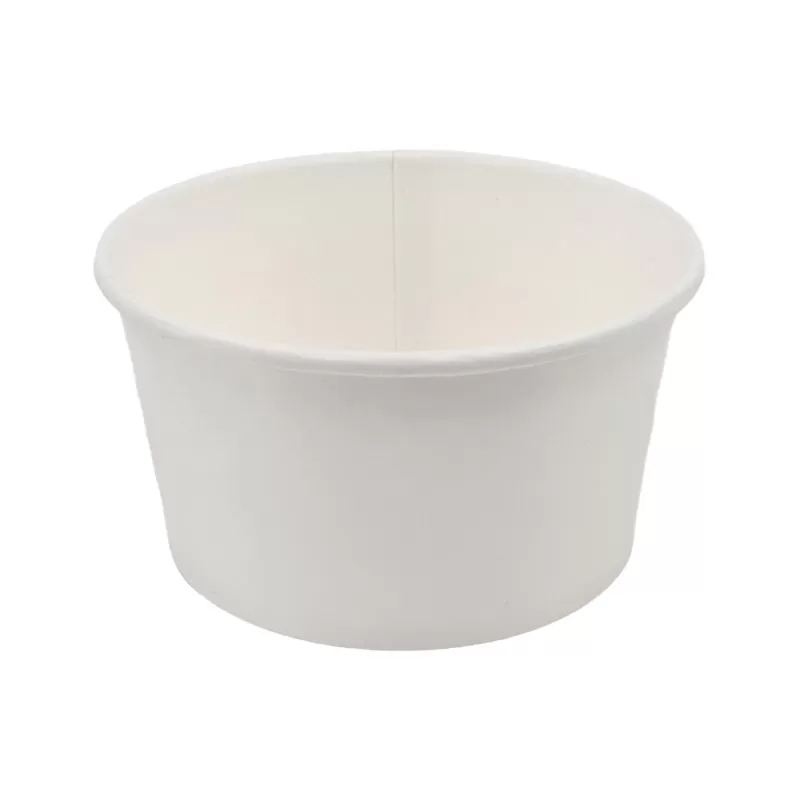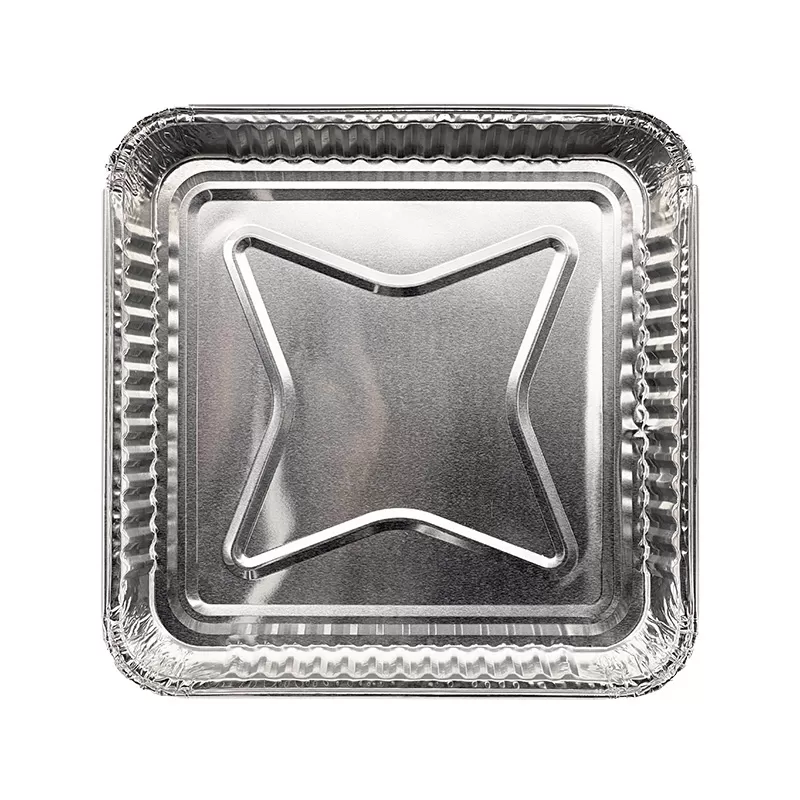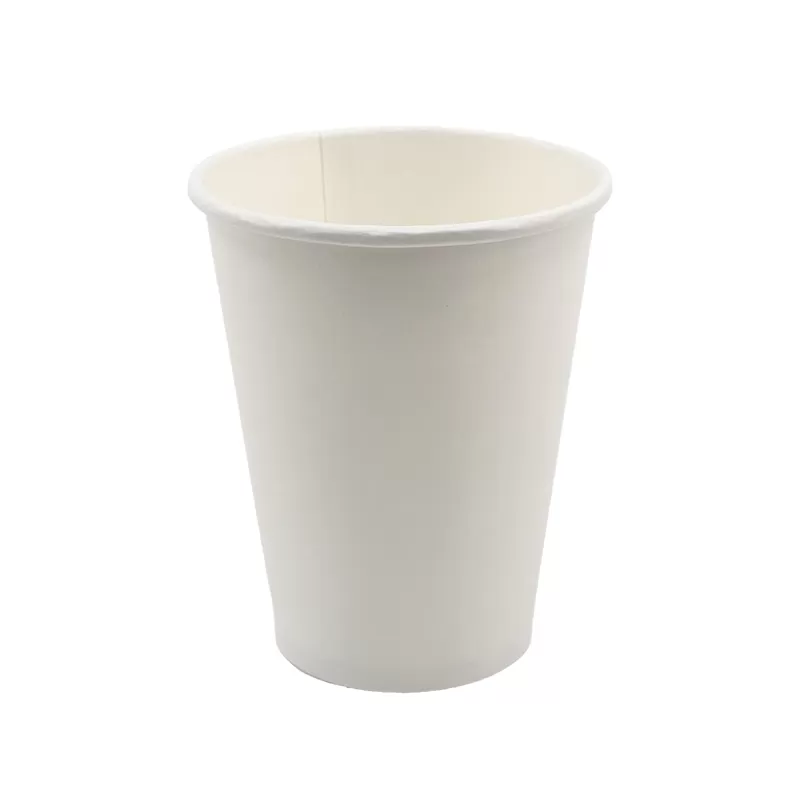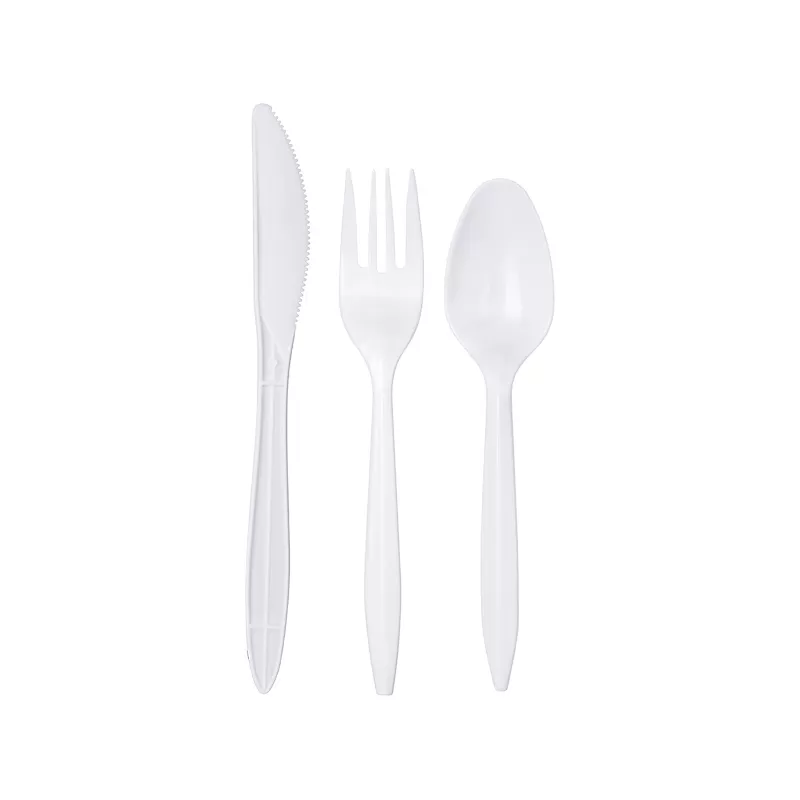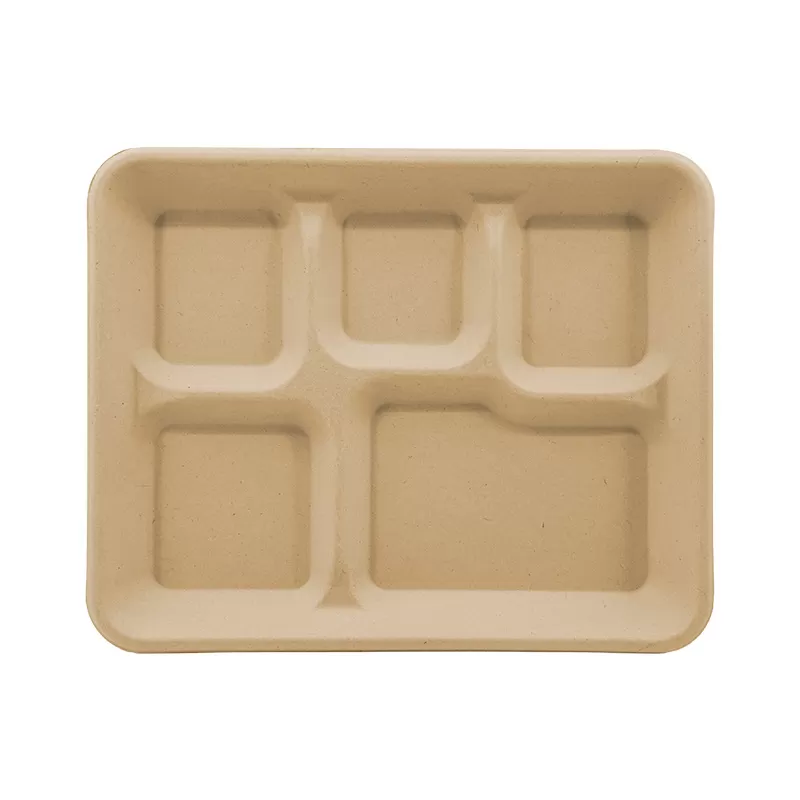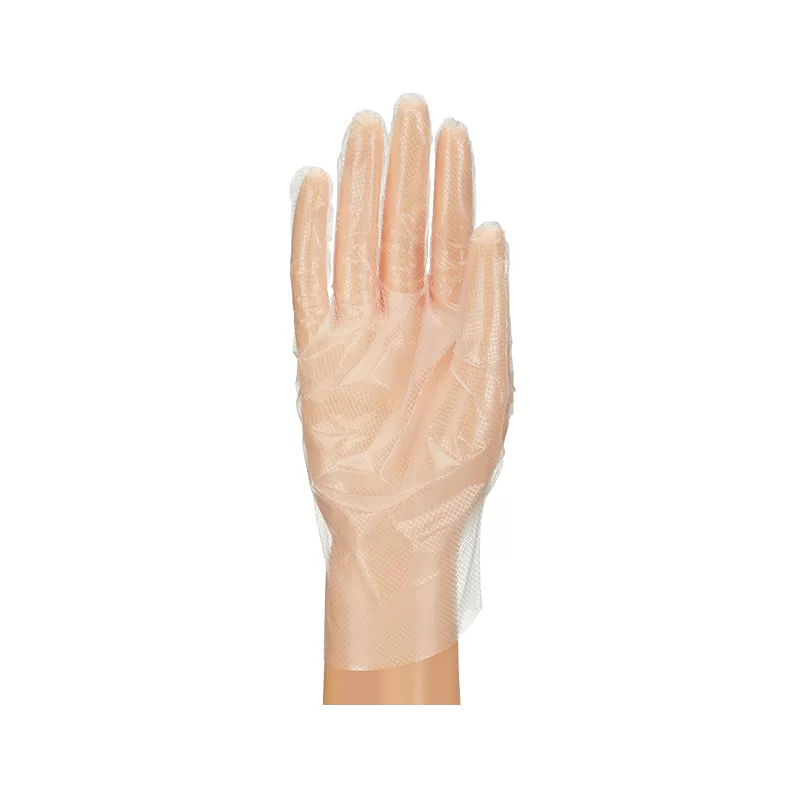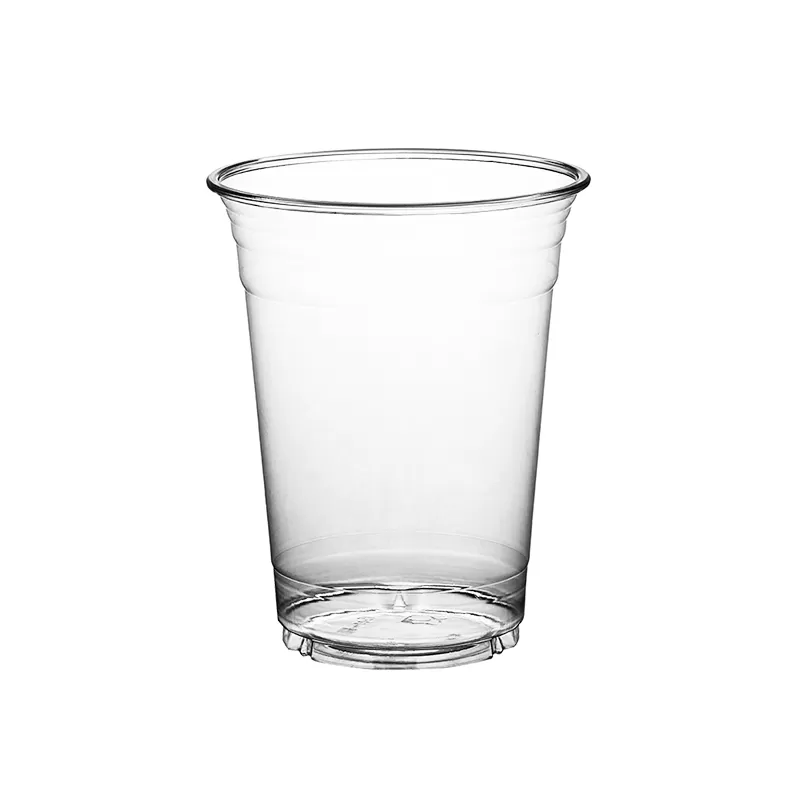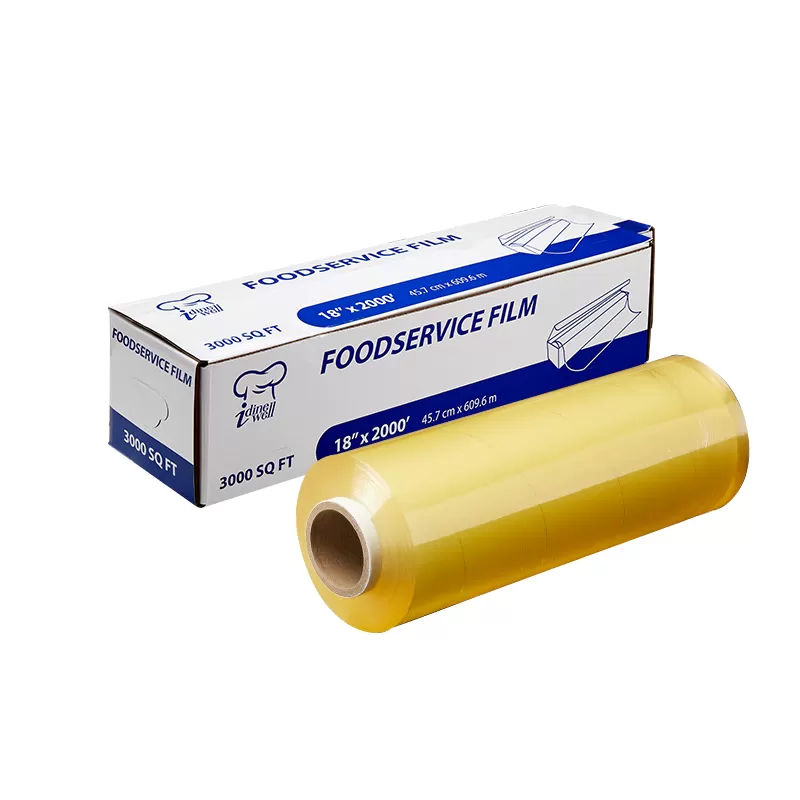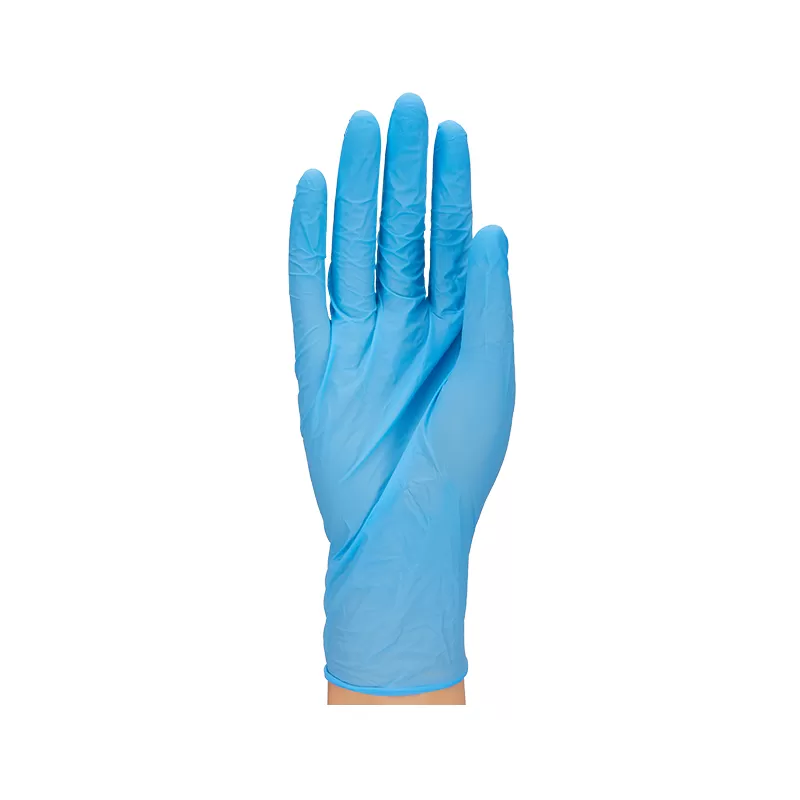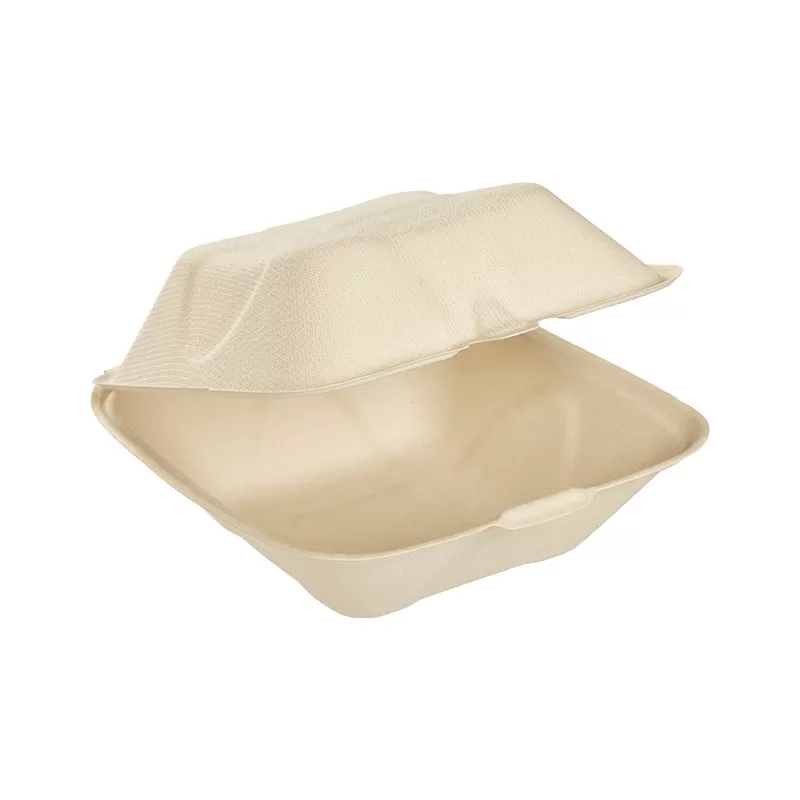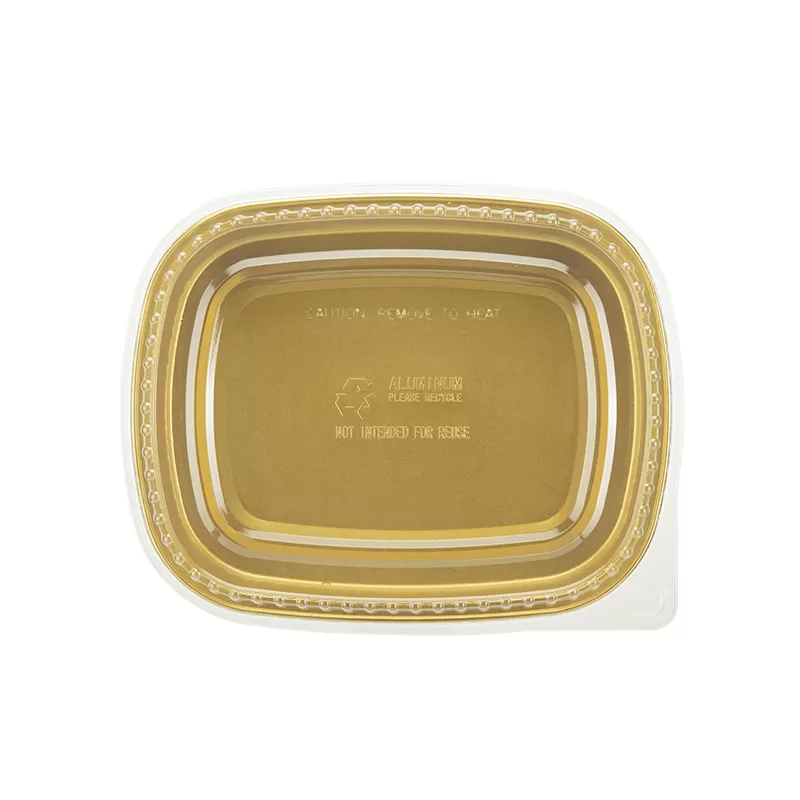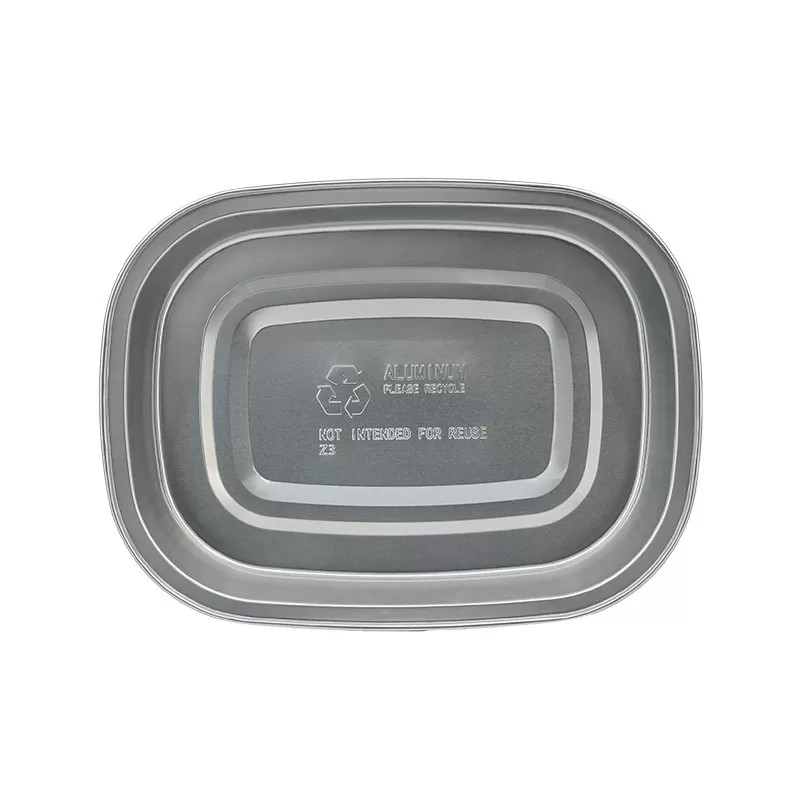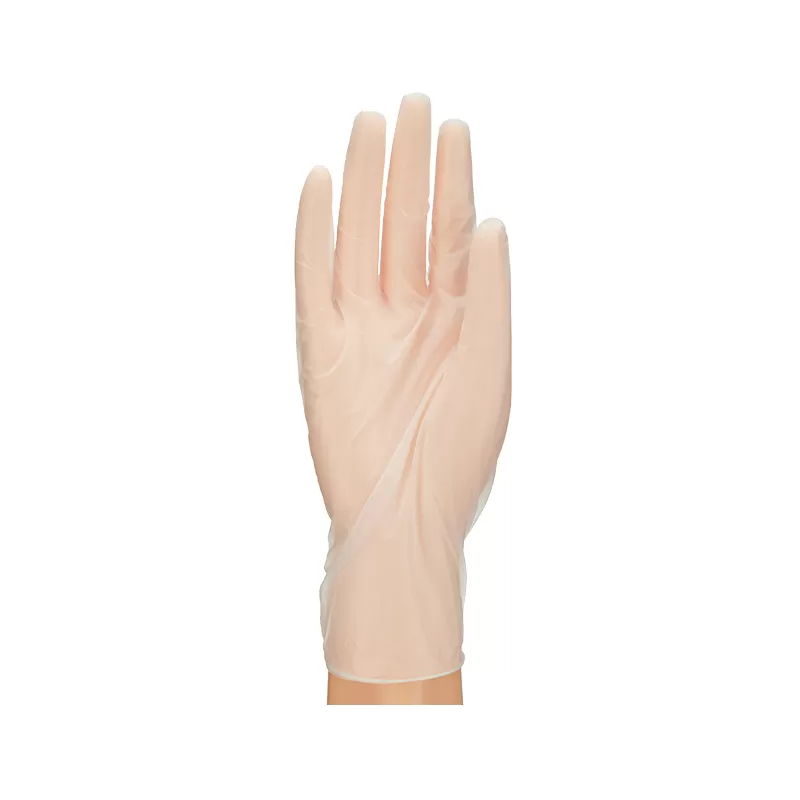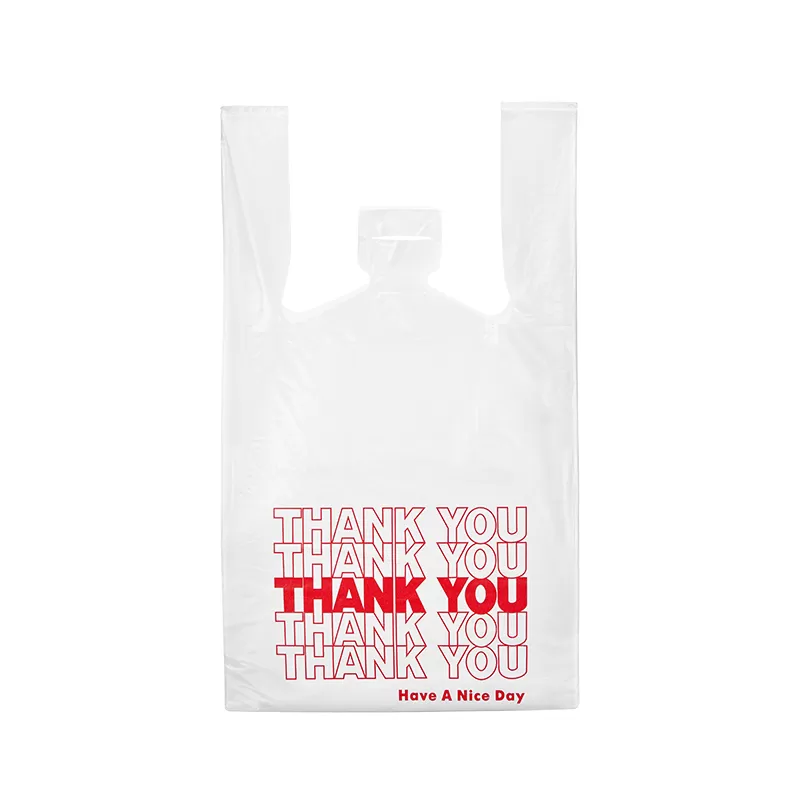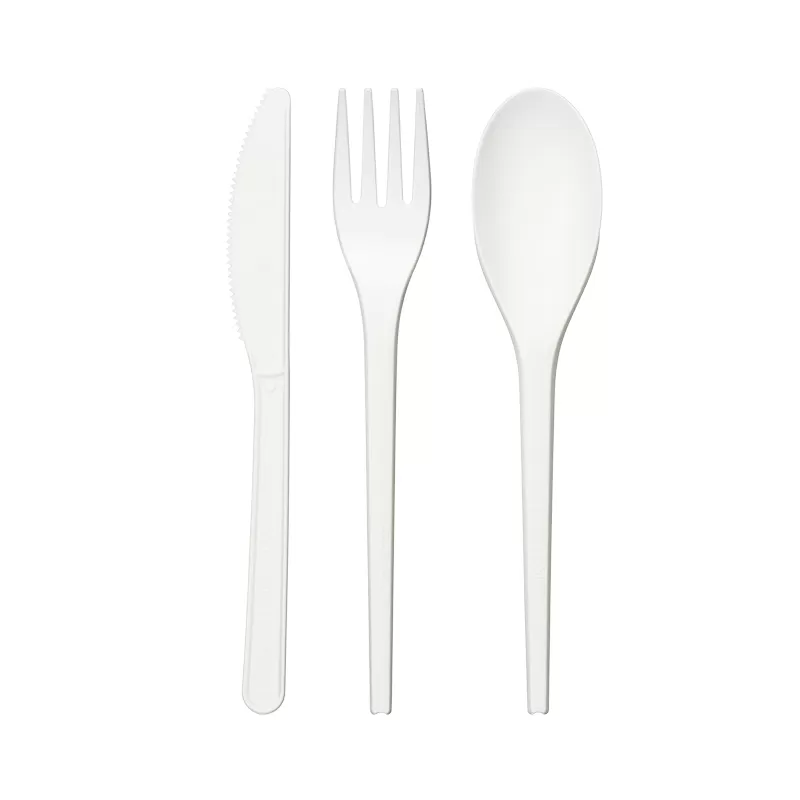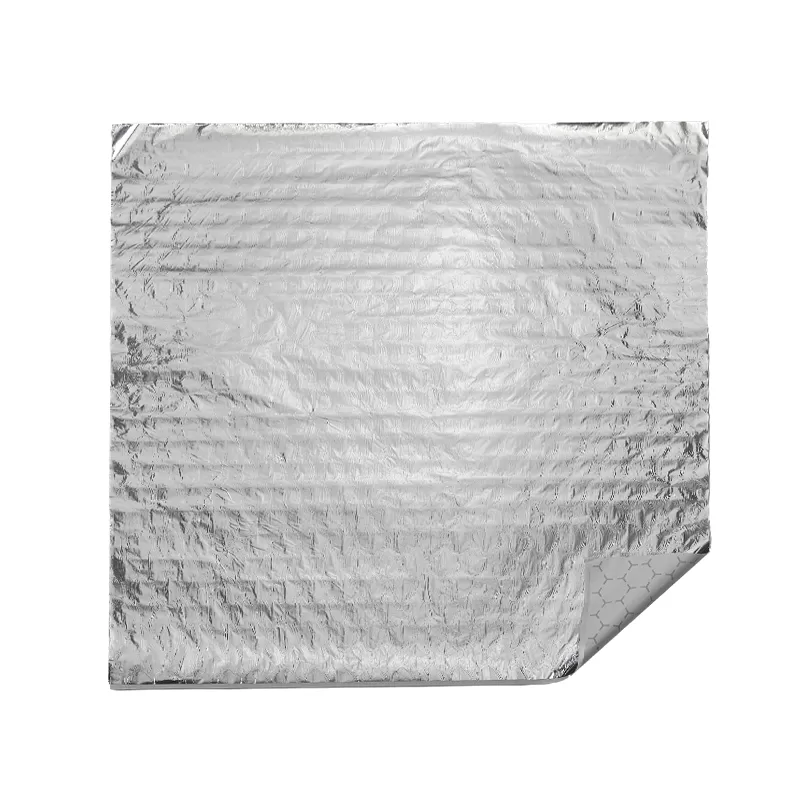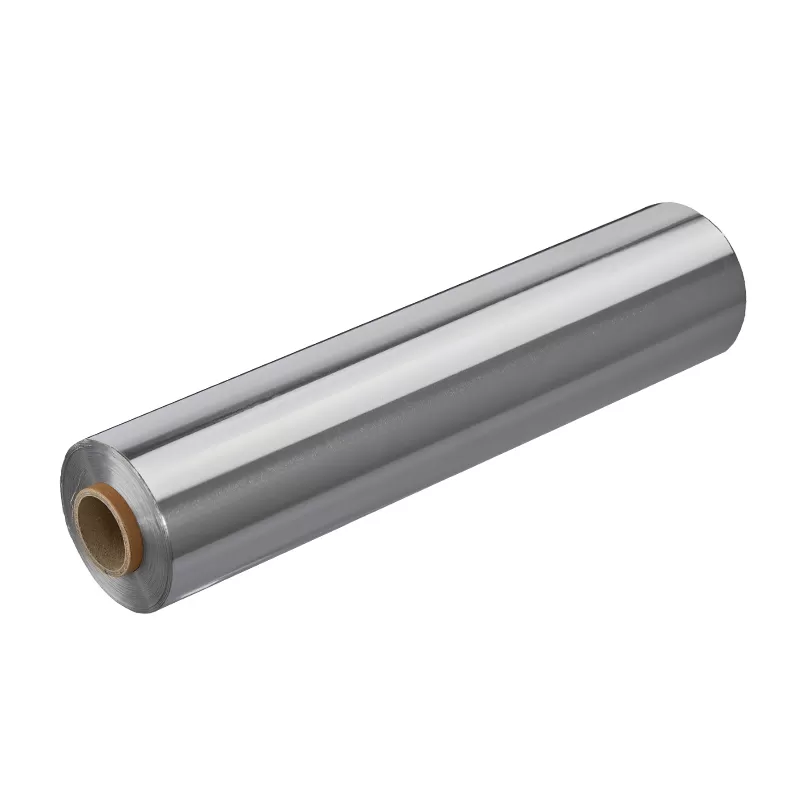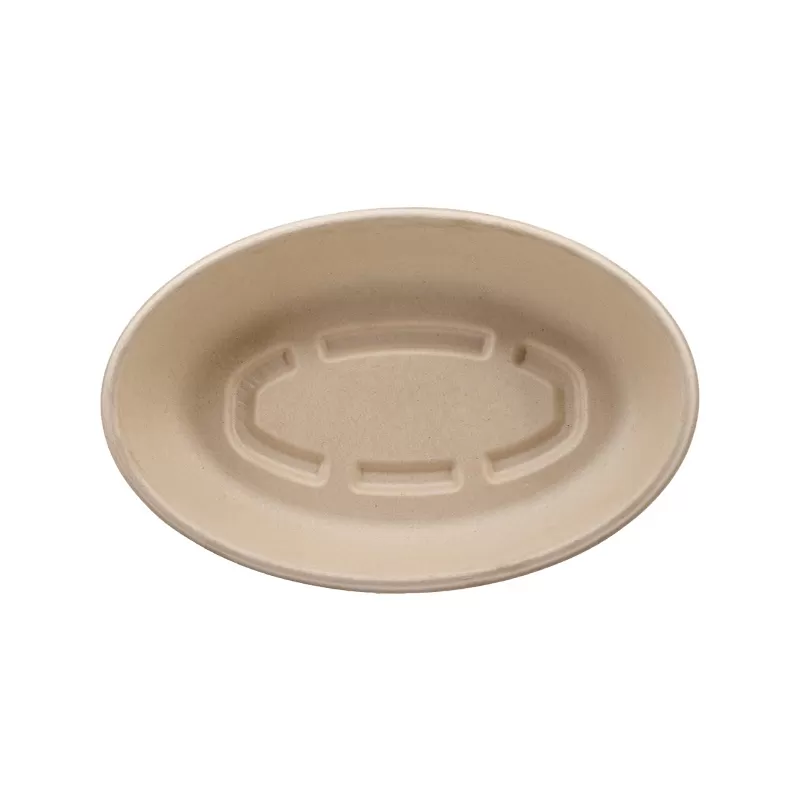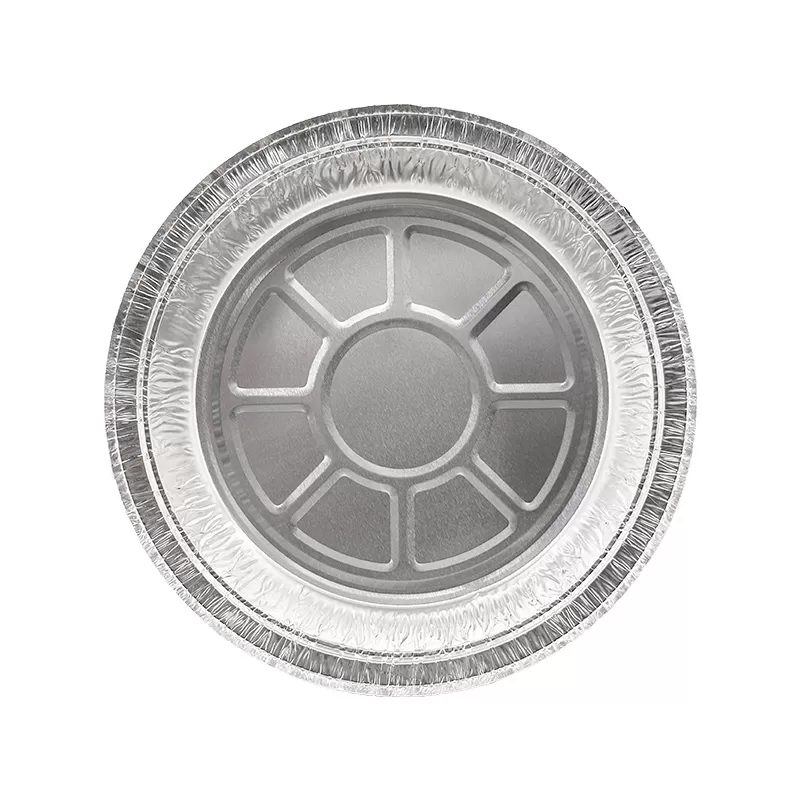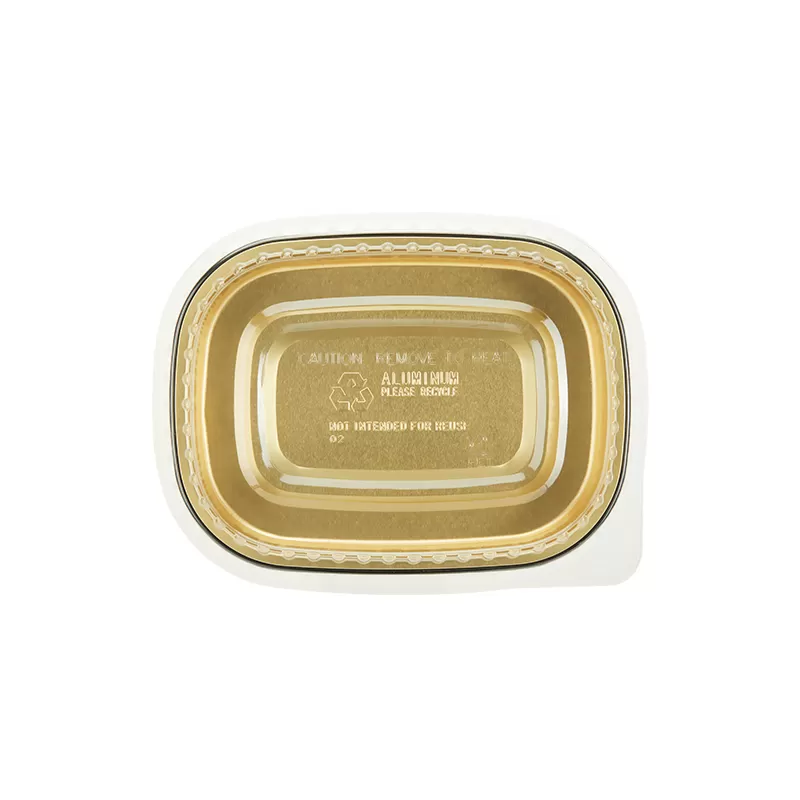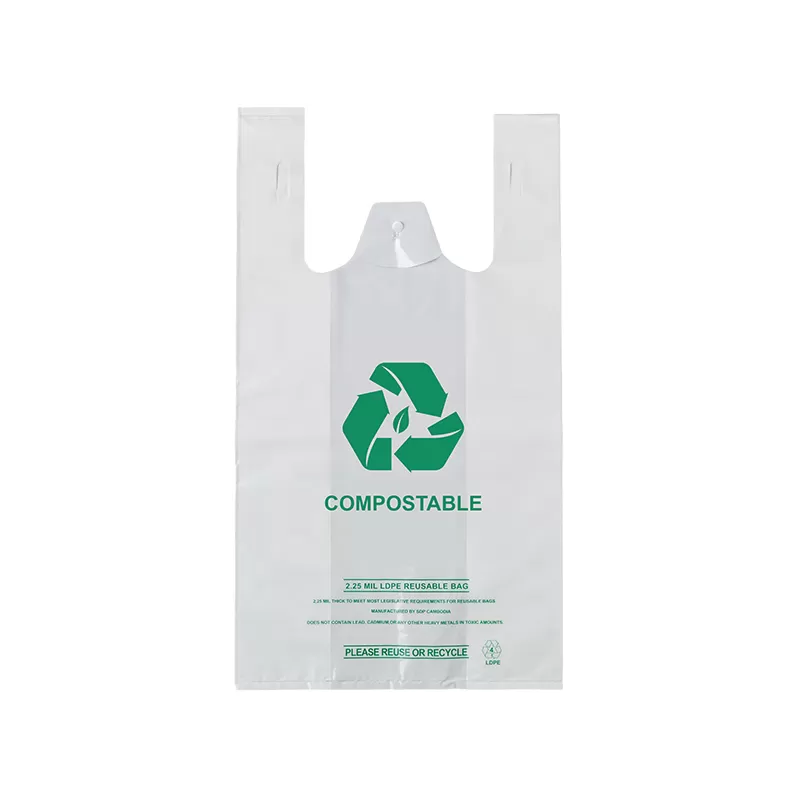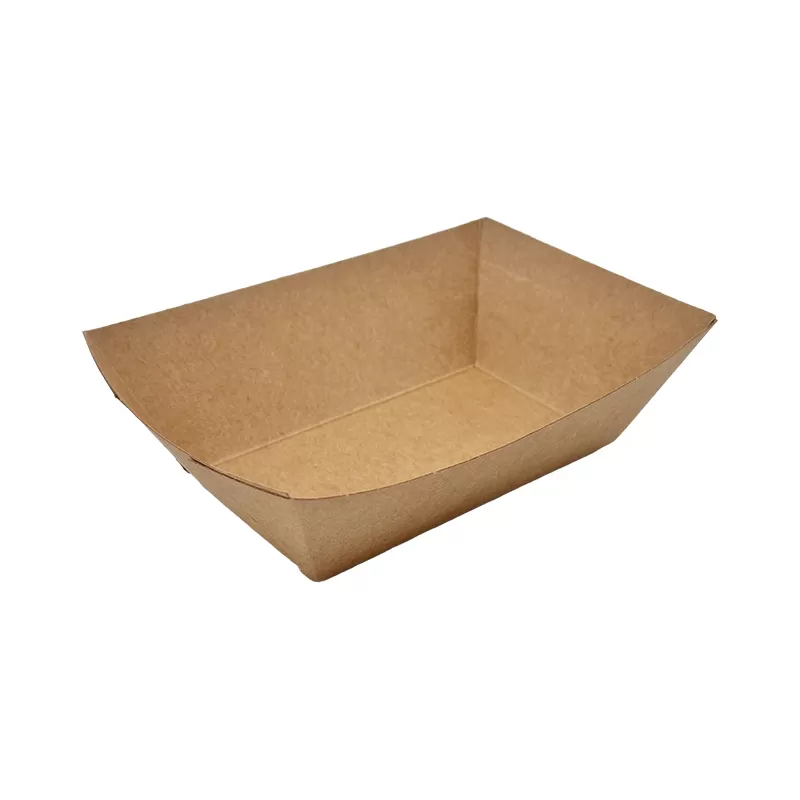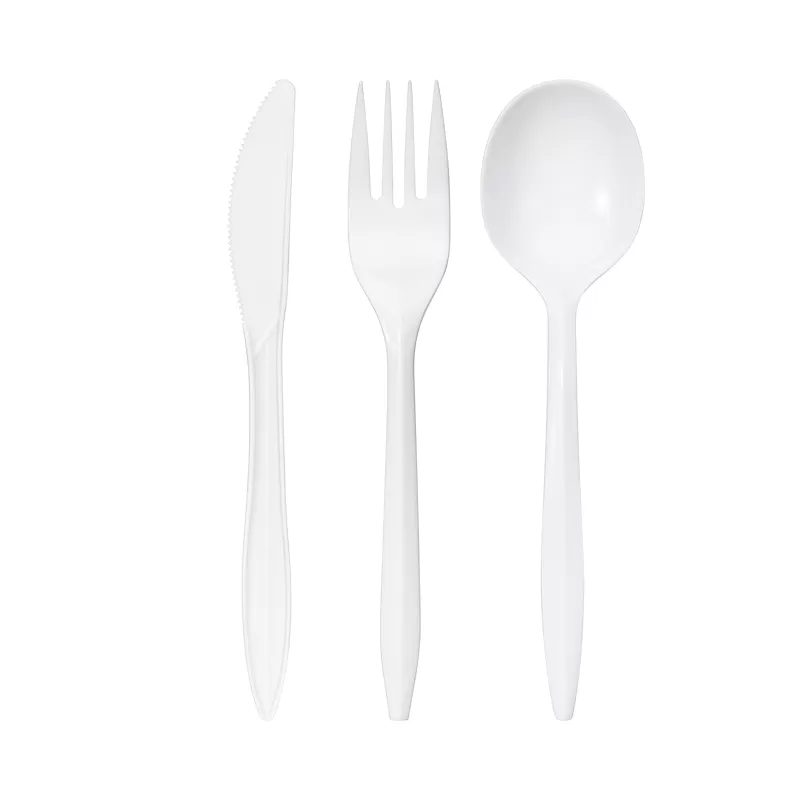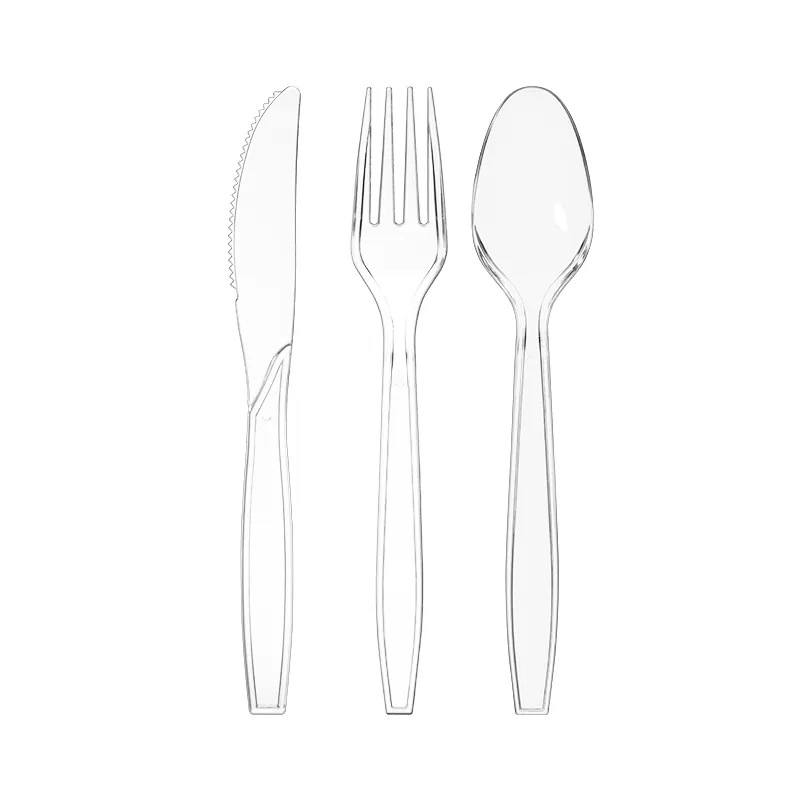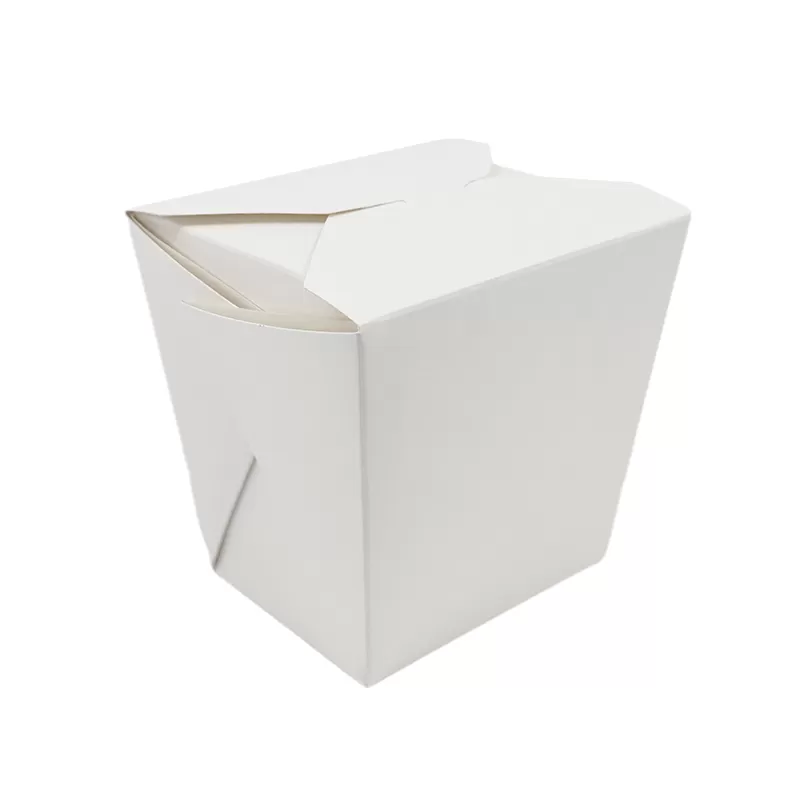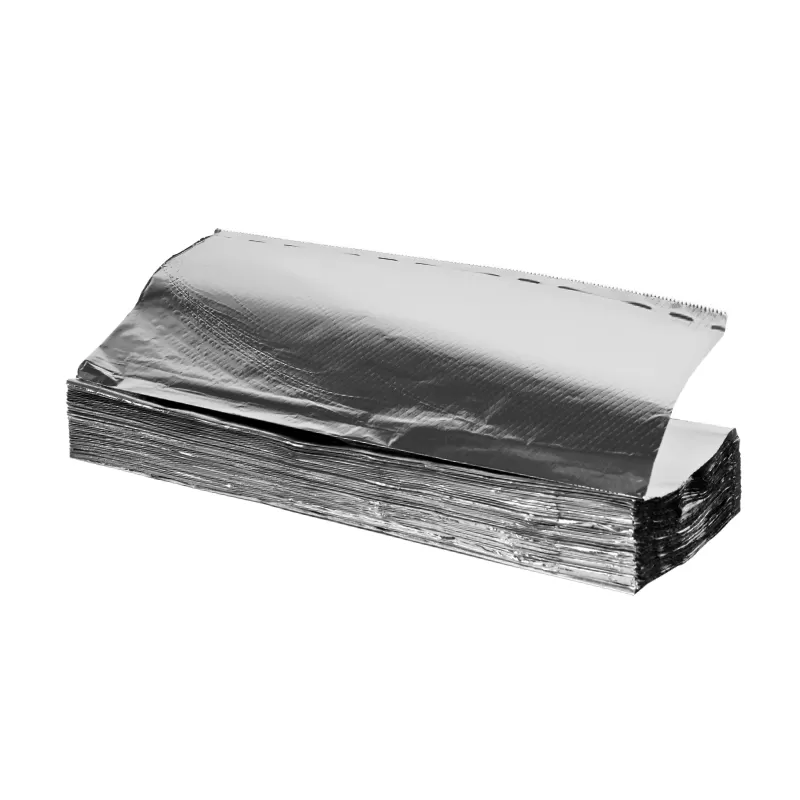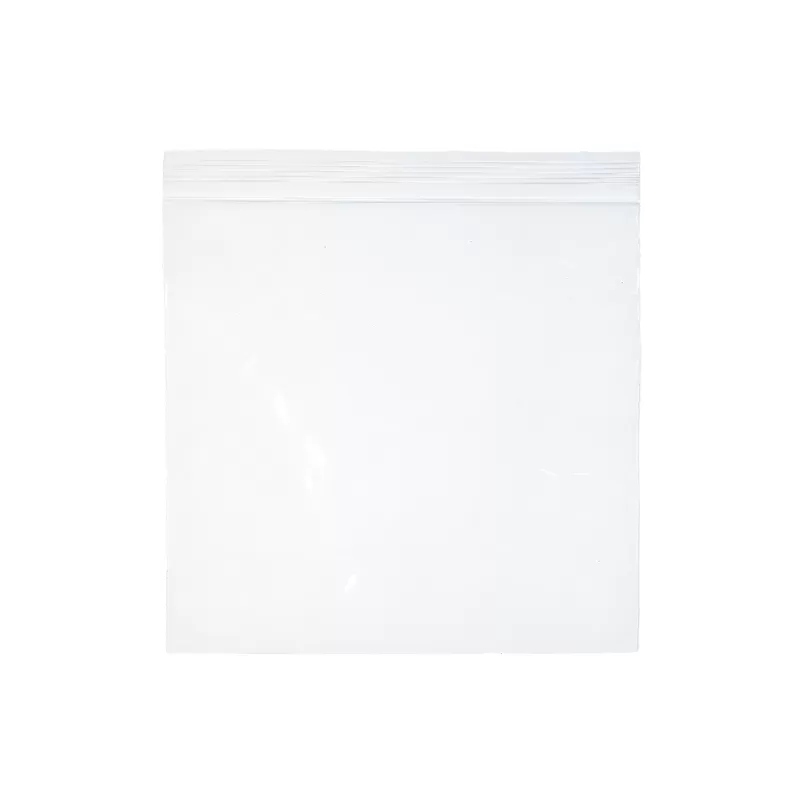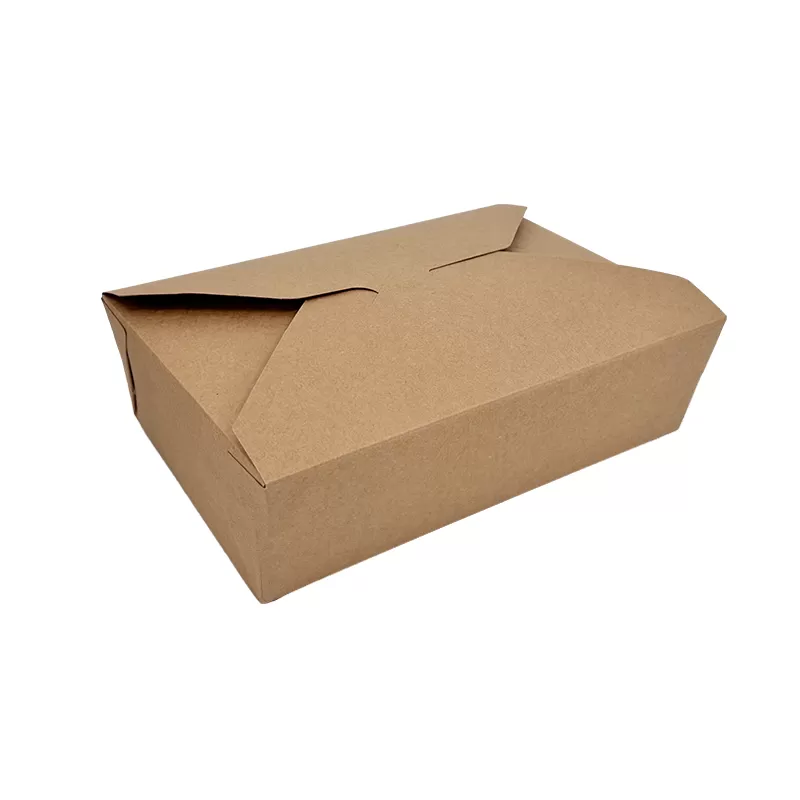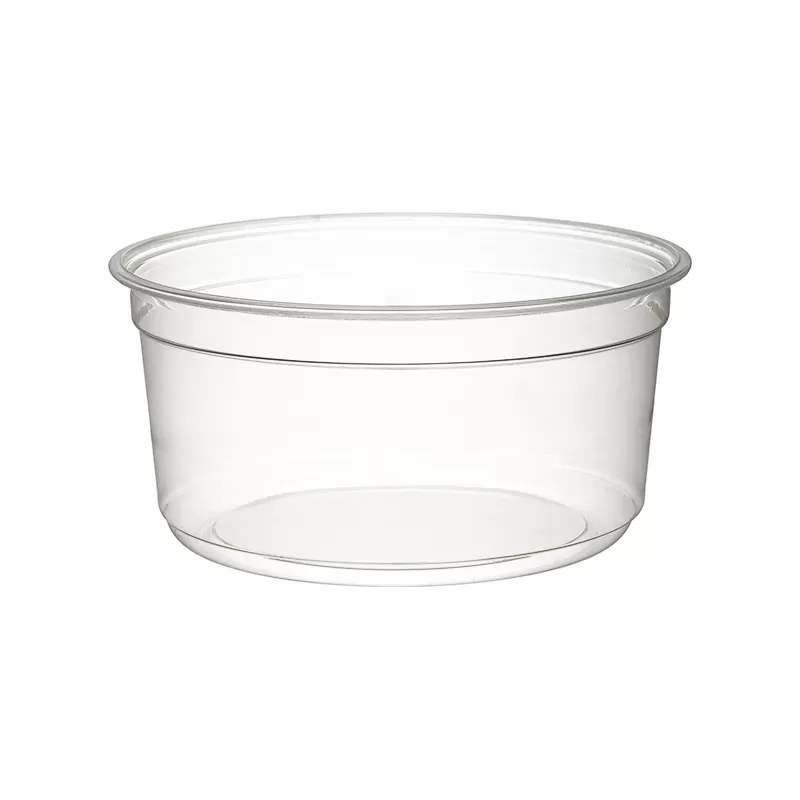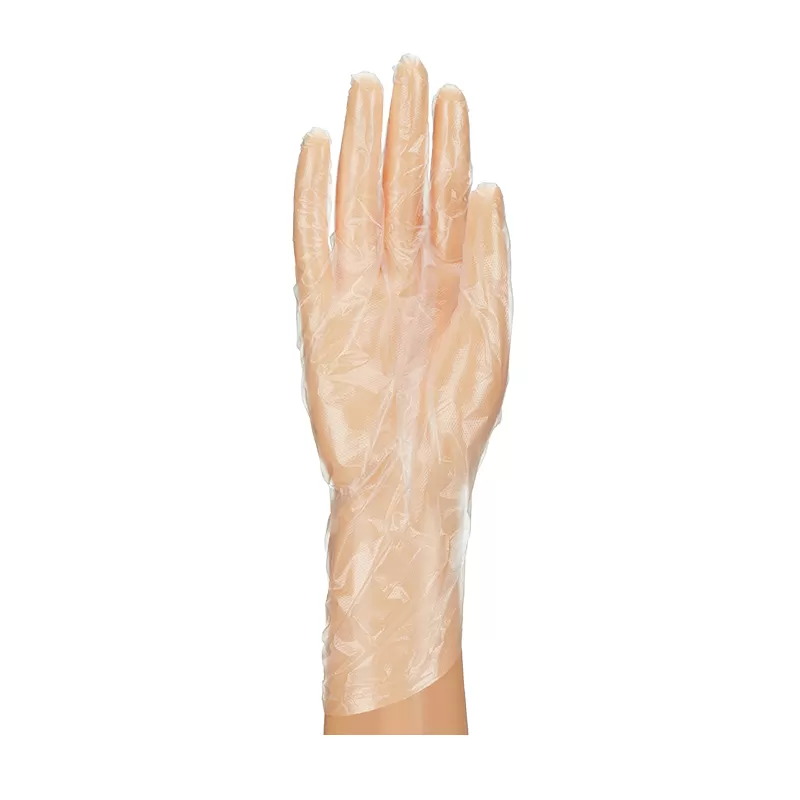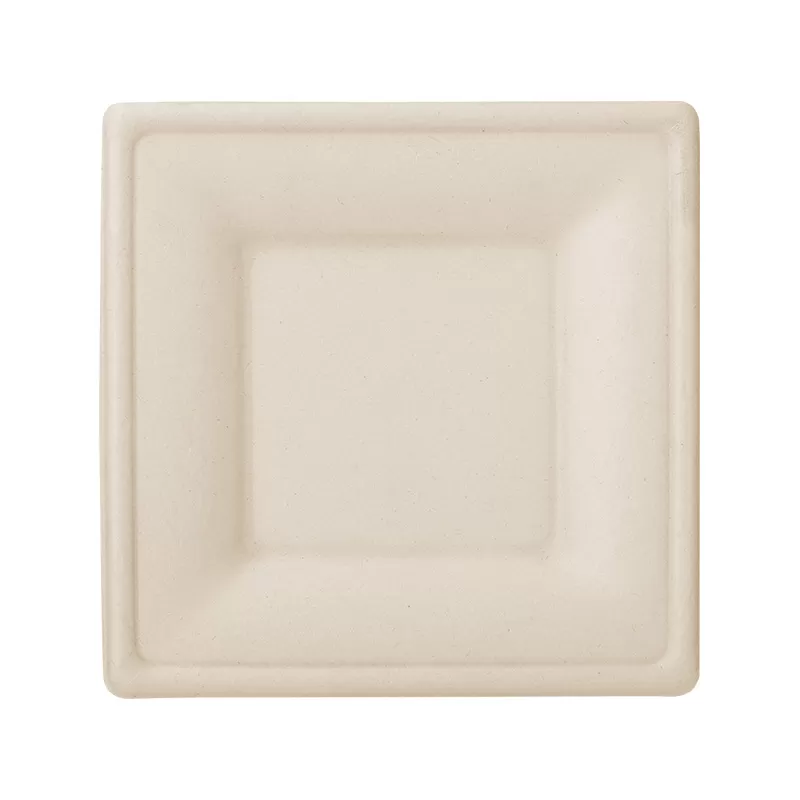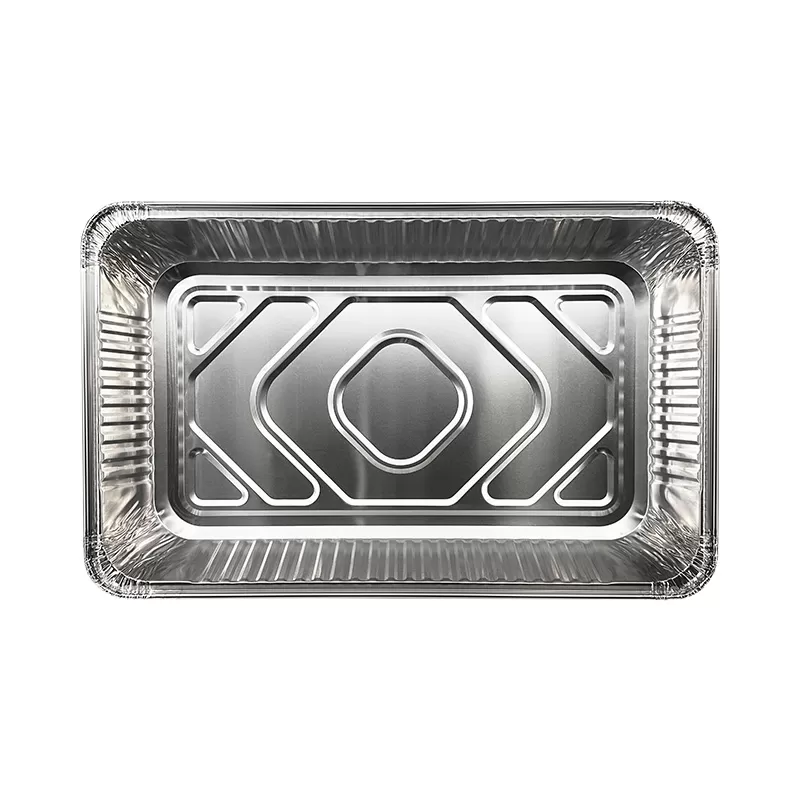Ensuring hand safety is a top priority across healthcare, laboratories, food processing, and industrial environments. Among the most reliable protective tools are nitrile gloves, valued for their strength, flexibility, and resistance to chemicals. These gloves offer dependable protection in a wide range of applications. In this article, we’ll examine nitrile glove material, explore different types, discuss common uses, and highlight Keystone Supply’s solutions for businesses.
What is Nitrile Glove Material?
Nitrile gloves are made from synthetic rubber, known as nitrile butadiene rubber (NBR). Unlike latex gloves, nitrile gloves are latex-free, making them suitable for individuals with latex allergies. The material itself is highly resistant to punctures, chemicals, and oils, providing superior protection in demanding environments.
Advantages of Nitrile Material
Chemical resistance: Nitrile gloves can withstand exposure to many solvents, oils, and chemicals, making them ideal for laboratories, automotive work, and cleaning.
Durability: The synthetic rubber provides strong puncture resistance, reducing the risk of tears compared to other disposable glove materials.
Allergy-friendly: Being latex-free, nitrile gloves eliminate the risk of allergic reactions associated with natural latex.
Comfort and dexterity: Modern nitrile materials are designed to mimic the flexibility of latex, ensuring comfort for prolonged use.
Advanced manufacturing techniques now allow nitrile gloves to achieve varying thicknesses and textures. Some gloves feature textured fingertips for enhanced grip, while others are formulated to maintain elasticity even in cold environments. This innovation ensures that nitrile gloves meet the diverse needs of industries from medical to industrial applications.

Instead, Keystone focuses on standard nitrile glove innovations such as textured finishes, color-coded options, and enhanced flexibility, which improve usability across healthcare, food service, and industrial sectors.
Nitrile Glove Types
Nitrile gloves are available in various types depending on their intended application. Understanding these differences can help businesses choose the right glove for their needs.
Disposable Nitrile Gloves
Disposable nitrile gloves are commonly used in healthcare, food handling, and laboratory environments. They are lightweight, cost-effective, and designed for single-use, ensuring hygiene and minimizing contamination risk.
Industrial Nitrile Gloves
For heavy-duty applications, industrial-grade nitrile gloves offer enhanced thickness and resistance to chemicals, abrasions, and punctures. These gloves are suitable for automotive, chemical processing, and manufacturing industries.
Powdered vs. Powder-Free
Nitrile gloves can come in powdered or powder-free varieties. Powdered gloves make donning easier but may leave residue, while powder-free gloves are preferred in cleanroom, medical, and food environments to avoid contamination.
Textured vs. Smooth
Textured nitrile gloves improve grip in wet or oily conditions, whereas smooth gloves offer better tactile sensitivity. Selecting the right surface finish is crucial for tasks that require precision, such as laboratory experiments or detailed assembly work.
Color coding is another way nitrile gloves are categorized. Many facilities use different colored gloves to indicate specific tasks, contamination zones, or departments. For example, blue gloves may be designated for food handling, while black gloves are used for automotive or chemical work. This visual system enhances workplace safety and compliance.
Common Uses of Nitrile Gloves
The versatility of nitrile gloves makes them a staple across multiple industries.
Healthcare and Laboratories
Nitrile gloves provide protection against infectious agents, chemicals, and bodily fluids. Medical professionals, lab technicians, and researchers rely on nitrile gloves for both safety and comfort during long procedures.
Food Handling and Processing
In foodservice environments, disposable nitrile gloves material prevents contamination and ensures hygiene. The gloves’ latex-free and chemical-resistant properties make them ideal for food preparation, packaging, and handling.
Industrial Applications
From automotive repair to chemical processing, nitrile gloves protect hands from harsh substances while maintaining dexterity. They are especially valuable when handling oils, greases, and solvents.
Household Use
Even in home settings, nitrile gloves are popular for cleaning, gardening, and DIY projects. Their resistance to detergents, chemicals, and punctures makes them a safer choice than other disposable gloves.
Emerging applications also include electronics assembly and cosmetic services such as hair coloring, nail treatments, and skincare procedures. Their chemical resistance and tactile sensitivity make nitrile gloves suitable for these precision-based industries.

Choosing the Right Nitrile Glove
Selecting the appropriate nitrile glove involves considering material properties, thickness, texture, and intended use. Factors such as chemical exposure, duration of use, tactile sensitivity, and hygiene requirements should guide the choice.
Thickness and Durability
Thicker gloves provide better protection but may reduce flexibility. Tasks requiring fine motor skills may benefit from thinner nitrile gloves that offer enhanced dexterity.
Powdered vs. Powder-Free
Healthcare, laboratory, and food service environments generally prefer powder-free gloves to prevent residue contamination, while powdered gloves are suitable for general industrial work where ease of donning is prioritized.
Size and Fit
Proper sizing is critical for comfort and safety. Gloves that are too tight can tear easily, whereas loose gloves reduce dexterity and may increase contamination risk.
By consulting with experienced nitrile hand gloves wholesale suppliers, businesses can also select gloves that comply with regulatory standards for specific industries. For example, food-grade nitrile gloves must meet FDA requirements, while medical-grade gloves require ASTM certification. Keystone Supply provides guidance on compliance, helping clients choose the right glove for their environment without risking safety or quality.
Keystone Supply: Your Trusted Nitrile Glove Supplier
For companies seeking reliable PPE solutions, Keystone Supply offers a wide range of nitrile gloves tailored to diverse industries. From disposable nitrile gloves material for food and healthcare, to heavy-duty industrial options, Keystone ensures that businesses receive high-quality, compliant products.
Keystone Supply Offerings
Customizable product options: Nitrile gloves available in multiple thicknesses, textures, and colors to match operational needs.
Quality assurance: All products undergo rigorous testing for durability, chemical resistance, and regulatory compliance.
Flexible order sizes: Supporting small businesses to large enterprises with scalable solutions.
Global supply network: Ensuring timely delivery and consistent product quality.
As one of the leading disposable nitrile gloves manufacturers, Keystone Supply also provides professional guidance on selecting the right glove type, ensuring the chosen material meets safety and compliance requirements. Their commitment to client education and support allows businesses to integrate nitrile gloves seamlessly into daily operations, enhancing safety and efficiency.
Whether you need disposable nitrile gloves for food handling or durable industrial-grade gloves for chemical environments, Keystone Supply is a partner you can trust.

Visit Keystone Supply to explore the full range of nitrile glove solutions.







